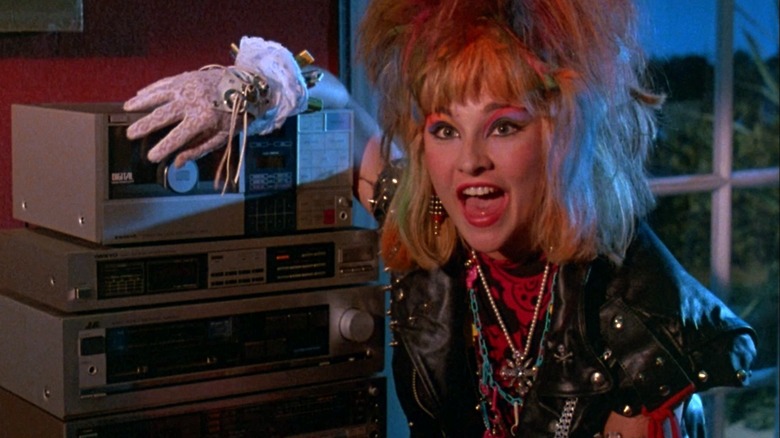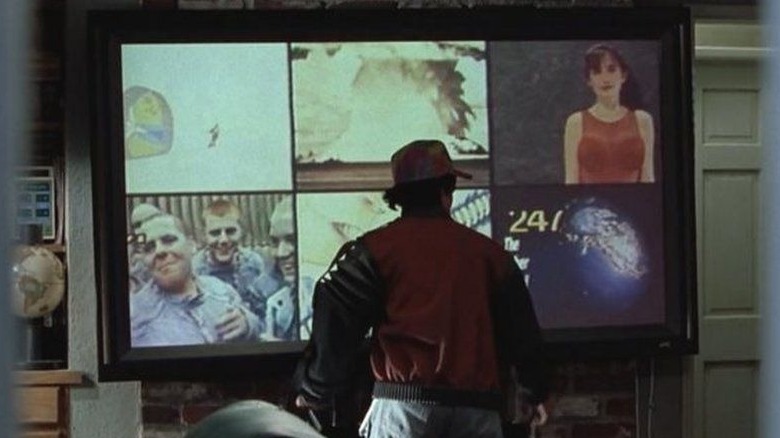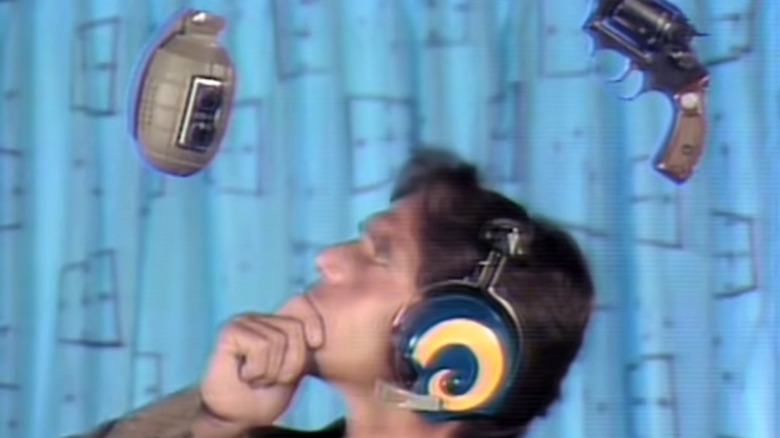Good News! Those Streaming Geniuses Have Invented (Checks Notes) Cable
A trace of the true self exists within the false self.
It may take an older reader to recall, but there was a time before basic cable. Cable TV, so named for the specialty coaxial cable that needed to be installed in your home to pipe in extra TV frequencies, was first invented in 1936 when it was used in London and Berlin to broadcast that year's Olympic games.
Cable TV, as a palpable entertainment option, became widespread in homes throughout the mid-1980s. At the time, many considered it excessive; surely three or four commercial networks and a handful of UHF stations would be more than enough to entertain the family. Eighty-three channels would, popular wisdom went, melt one's brain. How quaint it all seems now.
By the 1990s, cable TV packages were quite commonly purchased and came to represent a sizeable chunk of the entertainment market. Consumers paid a monthly fee to a single cable provider and gained access to dozens of new stations unavailable on the usual VHF antenna frequencies. Many of these new stations sought to "outdo" regular TV by providing more violence, cussing, and nudity (the very thesis of HBO), as well as early access to uncut feature films that hadn't yet entered the VHS rental market.
The cable model was hardly ideal — one couldn't buy preferred channels piecemeal, for instance — but it was functional.
Then, in the last decade, cable was replaced with streaming platforms, a seemingly superior model. Not only were all shows now available 100% on-demand, but now one could piecemeal to their heart's content. It seemed that the cord had effectively been cut.
According to a recent article in Variety, streaming services have now proposed the next revolution. Which is, it seems ... cable TV.
Hard bundles
For a moment, it seemed that the streaming model was TV idealized. Hundreds of movies were on-demand, and each streaming service was spending through the nose to make the slickest, best TV imaginable. Commercial breaks and length requirements became a thing of the past, as no one was beholden to the broadcast model. Streaming was especially handy during COVID-related lockdowns when many audience members suddenly had the free time to watch as much TV as they wanted.
Audiences have since learned that studio-owned streaming services were in fact an insidious form of vertical integration, leaving the moneymen free to withhold royalties from their actors and writers. This is one of the major issues in the current WGA and SAG strike, still currently in full swing. Post-pandemic subscription numbers also went down when people started going out into the world again, and the streaming services couldn't bloat and grow the way they had. It became too expensive for consumers to subscribe to all the major services. Streaming was now, in effect, as expensive as cable was 20 years previous.
The new strategy? "Hard bundles."
To elucidate: Disney already has a "soft bundle," wherein they offer a discount to customers who want to subscribe to all of that company's streaming services (Disney+, Hulu, ESPN). This seems logical from both a business and a consumer standpoint.
Other companies, however, have been consolidating into "hard bundles" to justify the cost of their expensive streamers: HBO and Discovery combined to become Max, Showtime is being folded into Paramount+, etc. Now you can have one giant streaming package for only double the cost. All of one channel ... is on one channel. Like on cable.
The paradox of choice
The consolidation of streaming services may feel like a relief to many consumers. Who among us hasn't moved to watch a new hit series only to forget which streaming service offers it? What's more, a lot of older shows and movies shift from one service to another regularly, making access to them imminently slippery. Indeed, there are websites devoted to finding where certain movies or shows may be streaming online. One might also note that "hard bundles" are more cost-effective. If one can pay for two cheap services, one could get behind a single slightly more expensive service, right?
While Disney's "soft bundle" has provided the company success, they are nonetheless exploring options for a Disney+/Hulu "hard bundle" in the near future.
The most galling part of this is that many consumers are still paralyzed by the paradox of choice. They can log into a "hard bundle" service, which now provides more movies and TV than ever, and still spend hours browsing, searching, and finally settling on a title. To combat this, some streaming services offer a "live channel" of constantly-running movies and TV programs that a viewer can flip and begin a random show in media res.
Kind of like ... cable TV.
Now that all of a single corporation's properties are finally under one umbrella, there's no longer a need to subscribe to multiple services. It's now just one big TV package. And with the live channels, one can now watch a single station's content library as it is broadcasted, eliminating the need for browsing.
Congratulations! You invented cable. 1983 would be so proud.


